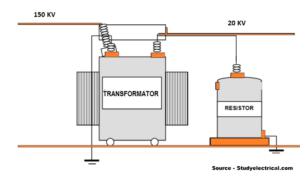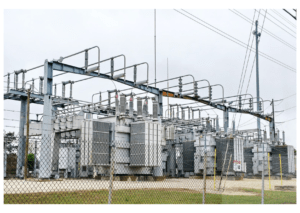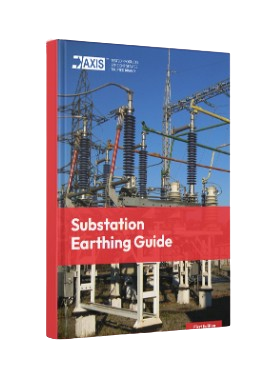Earthing is a crucial aspect of electrical safety in any structure. There are a variety of earthing techniques available to enable the fault current to flow safely into the earth. Most of the time we select products that are easily available at a lower cost, but this is a wrong practice, when it comes to selecting an earthing electrode, a lot of parameters affect the soil resistivity and efficiency of the earthing system. The types of structures and their electrical power handling capacity also play a vital role in this. For example, the fault current in a residential building and a power station is very different. Therefore, the earthing system for them needs to be designed accordingly. In this blog, we will be discussing Copper Flats and GI Flats, which are high-conductivity earthing electrodes, known for providing electrical safety.
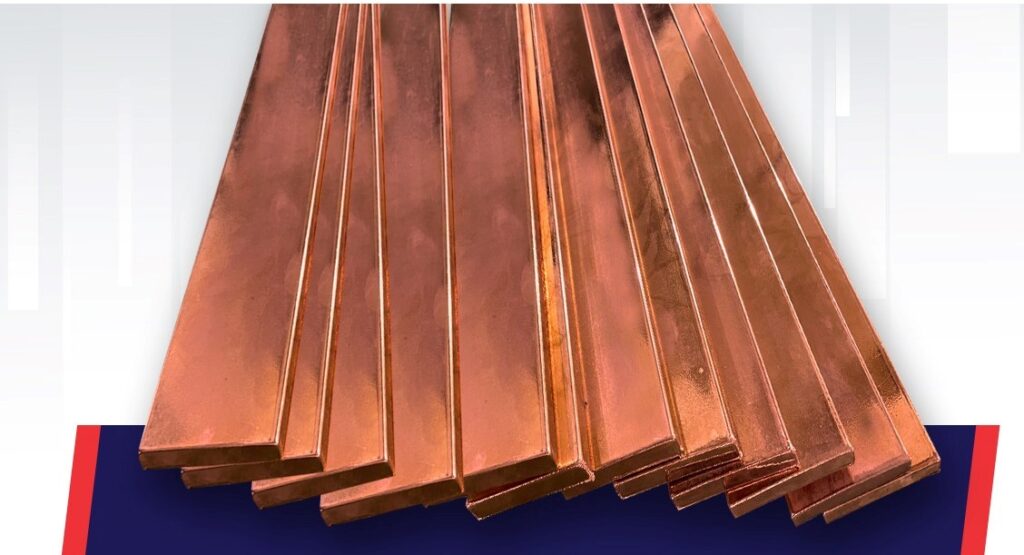
Factors Affecting Your Earthing System
Let us identify the various factors, considered for an efficient earthing system and the right earthing material. The main factors that need prime consideration while selecting an earthing electrode are:
- The conductivity of material
- Corrosion resistance
- Ease of installation
- Soil type, resistivity, moisture content etc
- Installation cost and requirements
- Future maintenance requirements
From all the points listed above, soil resistivity is a crucial factor in deciding the earthing system design and requirements. IS 3043 provides the soil resistivity values and the soil corrosion level that affects the electrodes used for earthing.
Current Practices in Substation Earthing
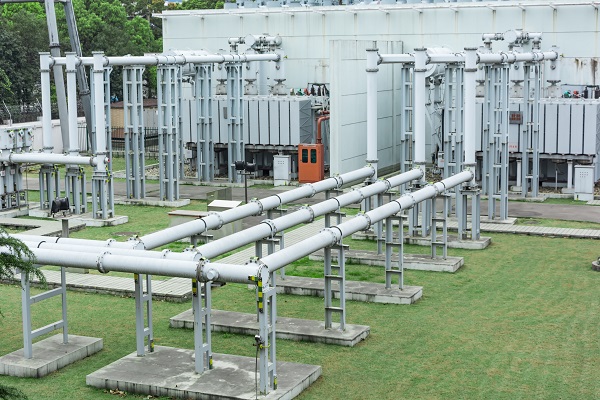
In substations, all equipment, their metallic parts and all other metallic objects like fences etc are connected to the earthing grid, this grid has horizontal and vertical electrodes which are connected using cross clamps or are exothermically welded. The earthing material used in substations is very critical as the fault clearance time is expected to be at a minimum always, for this the earthing resistance offered by the material should be the lowest. IEEE 80 and IS 3043 give details for calculating the earth resistance and how the designing of the earthing system for a substation should be performed.
In India, we see that GI electrodes are generally used in telecommunication towers, LT and HT lines, substations etc. It is one of the most commonly used earthing materials with good conductivity. Some of the features of GI earthing material are listed below:
Lifetime: The maximum life of galvanised iron flat is approximately 6-8 years, after which the earth grid made of GI will have to be replaced.
Corrosion resistance: Corrosion of galvanised coating in marine areas is around 6-8 microns per year and once it is placed in corrosive soil it will get aggravated further depending on the soil properties. The galvanised coating undergoes corrosion in presence of acidic soil, and soils containing certain chemicals.
Installation: Installation of GI electrodes is prone to human error, because manual welding, nut bolting, and cold galvanising have to be performed, if any one of these procedures is faulty, it can result in a flashover and this can cause the GI grid to corrode.
Cost: GI is comparatively cheap and easily available in the market.
When choosing the earthing electrode material, Pure Copper is always considered a superior electrode due to its highest conductivity. It has a longer life and higher corrosion resistance compared to GI and galvanised steel.
The main reason why Galvanised Iron or Steel is used instead of pure copper in countries like India is due to the high cost of copper. Copper tapes can cost 10 times the cost of GI strips. Copper theft is also another challenge in using pure copper as the earthing electrode. The use of pure copper for earthing can be difficult in rocky areas as it does not have enough strength and can result in breakage while burying. Damage to the conductor can lead to poor conduction and thus reduce the efficiency of the earthing system.
What are Copper Flats?
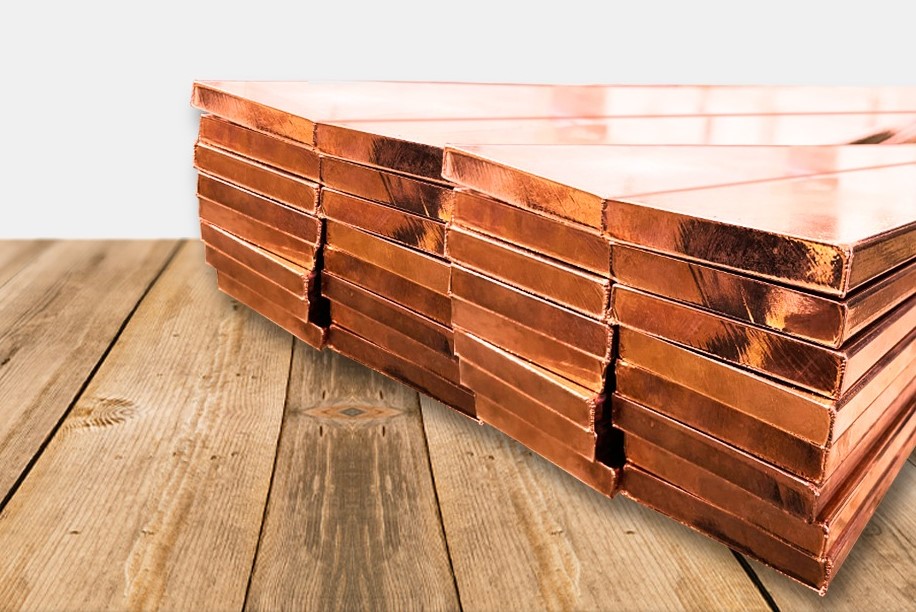
The copper flats (also known as copper-bonded steel tapes) are a combination of mild steel and copper bonding. They can be used for the earthing grids in substation earthing for increased conductivity. The combination of steel and copper contributes to the high tensile strength and remarkable conductivity. The process of electrolysis forms a strong bonding between the metals and thus the copper does not break or slip over the surface. Copper being the surface material increases the conductivity and corrosion resistance of the flats.
The properties of copper flats comply with IEC 62561-2 and undergo the resistivity test. Thus, they are recommended in almost every soil condition due to their high mechanical strength and conductivity. These copper flats are generally used in substations instead of rods or pipes as they provide a greater cross-sectional area for quicker conduction of fault current.
They have higher corrosion resistance and thus the lifetime is also more compared to normally used GI and steel tapes. They have a lifetime of almost 30 years which makes them more advantageous.
When it comes to the cost of copper flats, we can see that the initial investment seems a bit high compared to the present GI tapes, but it has higher corrosion resistance which reduces overall maintenance making it cost-effective in the long term.
Copper Flats Vs GI Flats
From the above-mentioned features, we can see that copper flats are more beneficial when compared to galvanised iron or steel. Here are some basic aspects where copper flats have proven to be better than GI.
Durability: Copper bonded steel flats have a higher lifespan, which is almost thrice more than GI.
Corrosion resistance: The copper bonded steel flats have a higher corrosion resistance due to the copper bonding and so can be used in all types of soils.
Electrical and mechanical performance: Copper is the highest conducting material compared to all the currently used earthing materials. Hence, they have high conductivity and great mechanical strength. The installation of copper bonded steel flats is simple and has lesser steps involved, so there is a lesser possibility of human errors.
Considering all these factors, it is clear that Copper Bonded Steel Flats are the best Earthing Material for greater efficiency and cost-effectiveness with longer life. Contact our experts today to know more about Axis Copper Flats.
Axis Manufactured Copper Bonded Flats

Axis has been designing and manufacturing high conductivity copper flats, especially for substation facilities. The process of electroplating copper over mild steel increases the overall conductivity. The thickness of the outer copper bonding layer depends on the electrolysis time; the common coating thickness is 250 microns.
Our flats are manufactured in mainly two sizes 50*6mm & 75*12mm and obtain a maximum length of 6 meters. Axis flats are mainly used for substations, power plants, railways and other high-voltage applications as they provide quick and efficient earthing. The electrolytic effect holds the copper bonded coating tightly to the steel core without slipping or breaking.
The advanced technology used in manufacturing Axis Copper Bonded Steel Flats results in an electrically and mechanically robust earthing solution that complies with National and International standards.
Thank you for reading the blog, Axis is a leading manufacturer and supplier of Electrical Components to over 80+ Countries. You can also watch our videos by our experts – click here.
Follow us on LinkedIn for regular updates on our Products!



